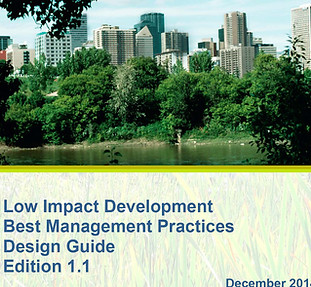Municipal Leaders
Rural and urban municipal leaders create plans, bylaws and incentive programs to protect and manage riparian areas. They also educate citizens and landowners about the importance of these areas and facilitate the adoption of beneficial management practices.
Some Beneficial Management Practices for Municipal Leaders include:
Ensure that your municipality has policies for sufficient development setbacks and buffers of native plants to safeguard water bodies
Improve stormwater management by controlling the rate and volume of runoff from developments; require “low impact development” techniques in new development
Manage the lands adjacent to riparian areas, through techniques such as wetland conservation, to ensure that riparian areas are not being overloaded
Utilize policy tools such as Environmental Reserves, Conservation Reserves and Conservation Easements to ensure that hazard and sensitive lands are not developed; enforcement of these policies prevents encroachment
Ensure riparian areas are protected during development construction by using sufficient construction standards and management
Minimize erosion, maintain slopes and prevent disturbance in or close to riparian areas
Encourage and support landowners and community initiatives to maintain and improve riparian areas through water and land stewardship groups
Eliminate or control invasive species in municipal riparian areas and promote natural and native species along shorelines
Educate the public about recreational use impacts and why some activities are restricted to specific places or seasons
USEFUL RESOURCES

















